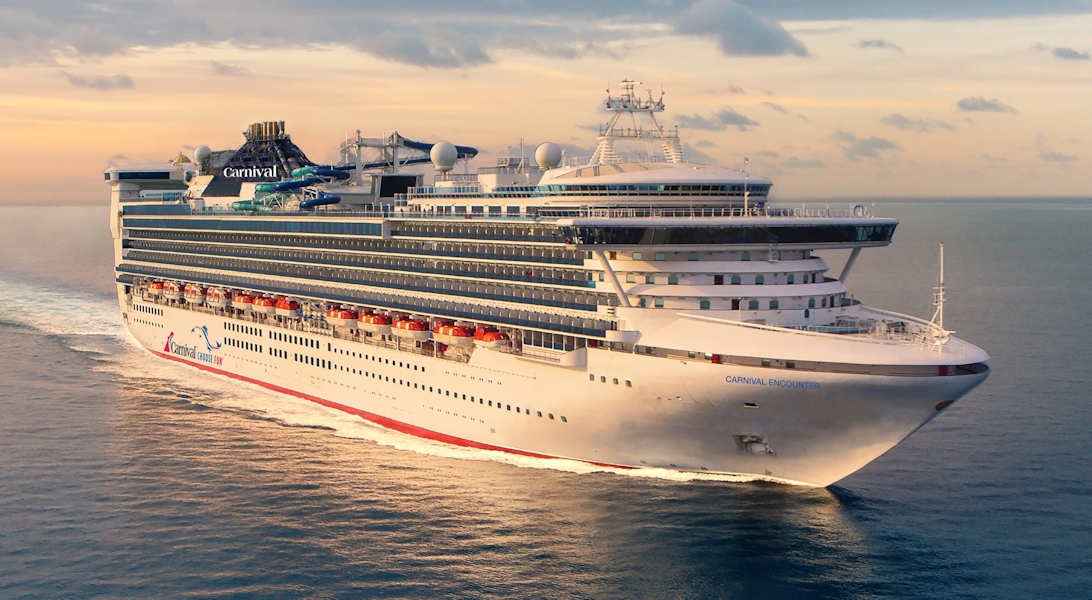This site uses cookies as defined in our Cookie Policy, by continuing to use this site you agree to their use.
Continue
| Arrive | Depart | |||||
| 29th29 | AugAug | 202626 | Brisbane, Queensland, Australia, embark on the Carnival Encounter | 15:00 | ||
| 30th30 | AugAug | 202626 | At Sea | |||
| 31st31 | AugAug | 202626 | At Sea | |||
| 1st01 | SepSep | 202626 | Brisbane, Queensland, Australia, disembark the Carnival Encounter |

Our Fusion packages are all ABTA & ATOL protected ensuring that your booking is safe with us
| 3 nights aboard the Carnival Encounter | |||
| Drinks Packages available | |||
| Evening entertainment & Broadway style shows | |||
| Serenity adults only retreat (extra charges apply) | |||
| Speciality Restaurants (charges may apply) | |||
| 24-hour room service | |||
| 24-hour Pizzeria | |||
| Port Taxes and Fees | |||
 | ABTA and ATOL Protection* | ||